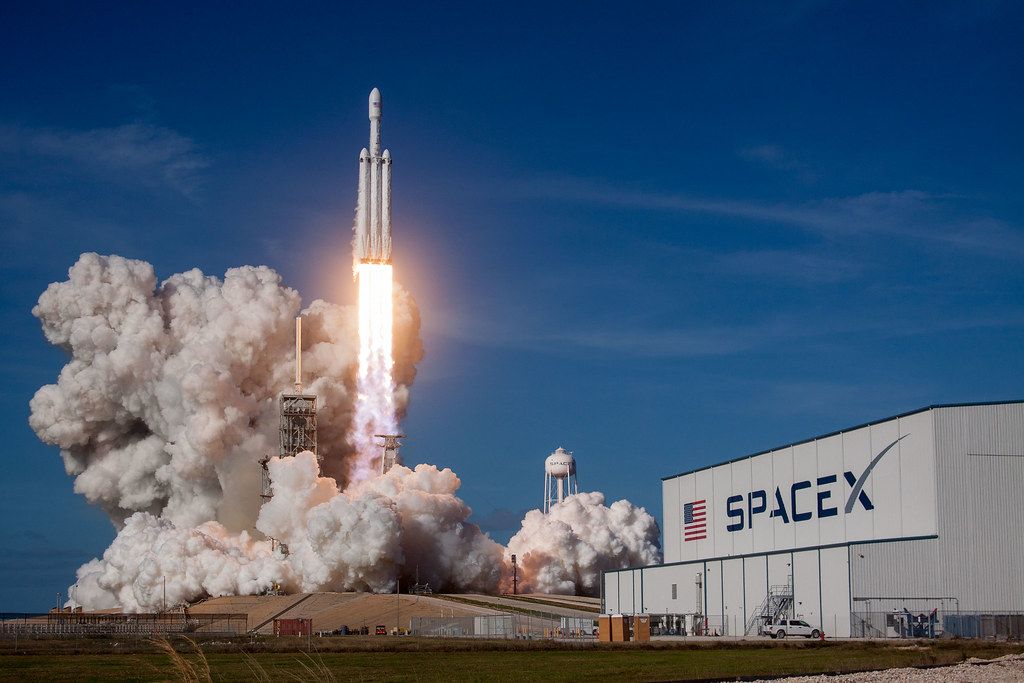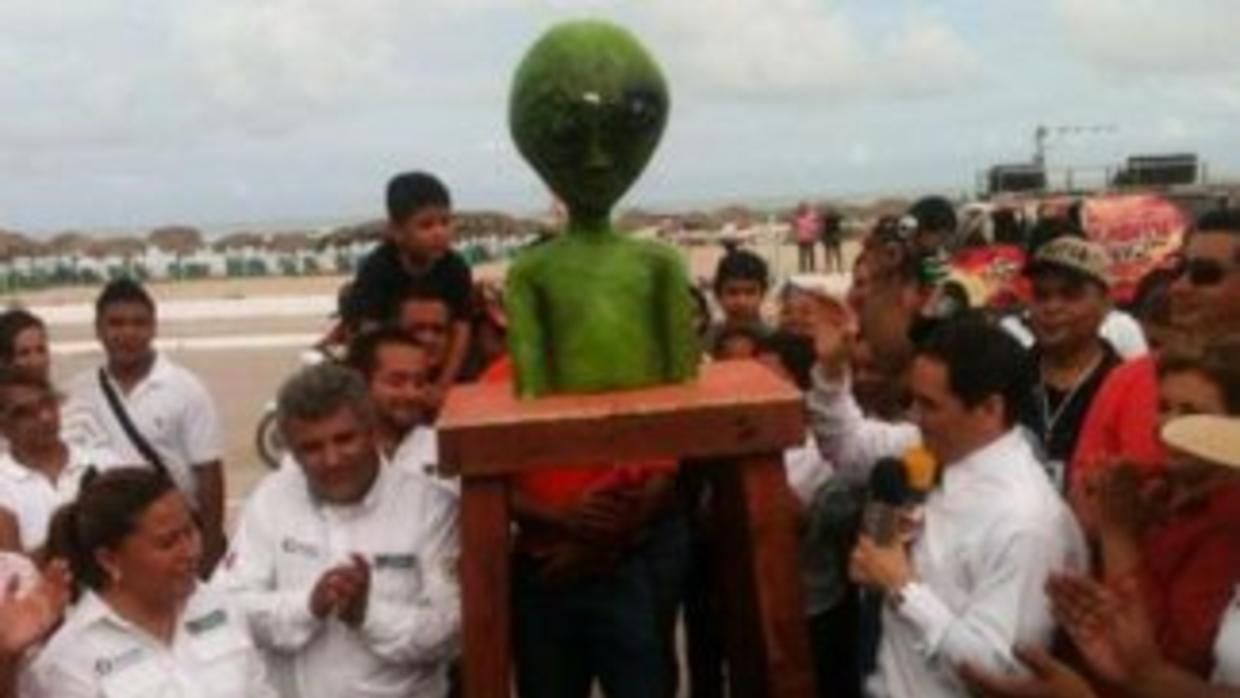SpaceX Reveals its Starport Plans in South Texas
Article by Eric Berger March 8, 2021 (arstechnica.com)
• The US Army Corps of Engineers has posted a public notice about the spaceport that Elon Musk’s SpaceX proposes to construct in Boca Chica, Texas, at the southern tip of the state along the Gulf of Mexico. The major hardware includes orbital and suborbital launch pads, landing pads, structural test stands, and a ground support “tank farm”.
• What is striking about this architectural drawing is the relatively limited amount of land that SpaceX has to work with, as a substantial portion must be devoted to stormwater flooding ponds. All of these facilities will be concentrated within a couple dozen acres, in stark contrast to the expansive launch sites in Florida at the Kennedy Space Center and the Cape Canaveral Space Force Station.
• Since acquiring the south Texas launch site in 2014, SpaceX’s planned scope of activities has grown from planning about 10 Falcon 9 launches a year to launches of the massive Starship vehicle. SpaceX has acquired two floating oil rigs, named Phobos and Deimos, that are being converted at shipyards along the Texas coast into massive floating launch pads (see video below). The plan is to launch Starships on suborbital hops from the ground launch pad in Texas to the floating platforms towed and anchored out in the gulf waters. The Starships can be launched from there into space without collateral damage.
• Musk has also proposed the incorporation of nearby Boca Chica Village into a new city, called Starbase, Texas. Such a city would need to have at least 201 residents and follow state rules for incorporation. Prior to SpaceX’s arrival, the small Boca Chica community consisted of several dozen homes. In recent years, the company has sought to buy out or otherwise remove residents so that it has more control over its nearby launch activities. SpaceX is also undergoing an environmental assessment in south Texas for evaluation by the Federal Aviation Administration.

As part of a federal review process for its plans in South Texas, details of SpaceX’s

proposed spaceport have been made public. They were posted late last week in a public notice from the US Army Corps of engineers, which is soliciting public comments on the changes.
Most notably, the new documents include a detailed architectural drawing of the multi-acre site at the southern tip of Texas, along the Gulf of Mexico. The  major hardware that exists or will be built includes:
major hardware that exists or will be built includes:
• Two orbital launch pads, one of which is already under constriction
• Two suborbital launch pads, one of which already exists
• Two landing pads, one of which already exists
• Two structural test stands for Starship and the Super Heavy booster
• A large “tank farm” to provide ground support equipment for orbital flights
• A permanent position for the totemic “Starhopper” vehicle at the site’s entrance
What is striking about this architectural drawing is its compact nature, largely because SpaceX has limited land to work with at the facility and must include stormwater ponds to mitigate against flooding. All of these facilities will be concentrated within a couple dozen acres, which is in stark contrast to more expansive launch sites in Florida at Kennedy Space Center and Cape Canaveral Space Force Station.
However, SpaceX appears confident that it can control the launch and landing of its vehicles such that any mishaps will not severely damage nearby equipment. This is a non-traditional and possibly risky bet, but SpaceX has always been willing to take risks during development programs in order to move more quickly.
8:22 minute video on Starship Floating Launch Platform (‘Science of Space’ YouTube)
FAIR USE NOTICE: This page contains copyrighted material the use of which has not been specifically authorized by the copyright owner. ExoNews.org distributes this material for the purpose of news reporting, educational research, comment and criticism, constituting Fair Use under 17 U.S.C § 107. Please contact the Editor at ExoNews with any copyright issue.



 also in Tampico, whose intergalactic owners have been diverting cyclones for more than half a century.
also in Tampico, whose intergalactic owners have been diverting cyclones for more than half a century.
